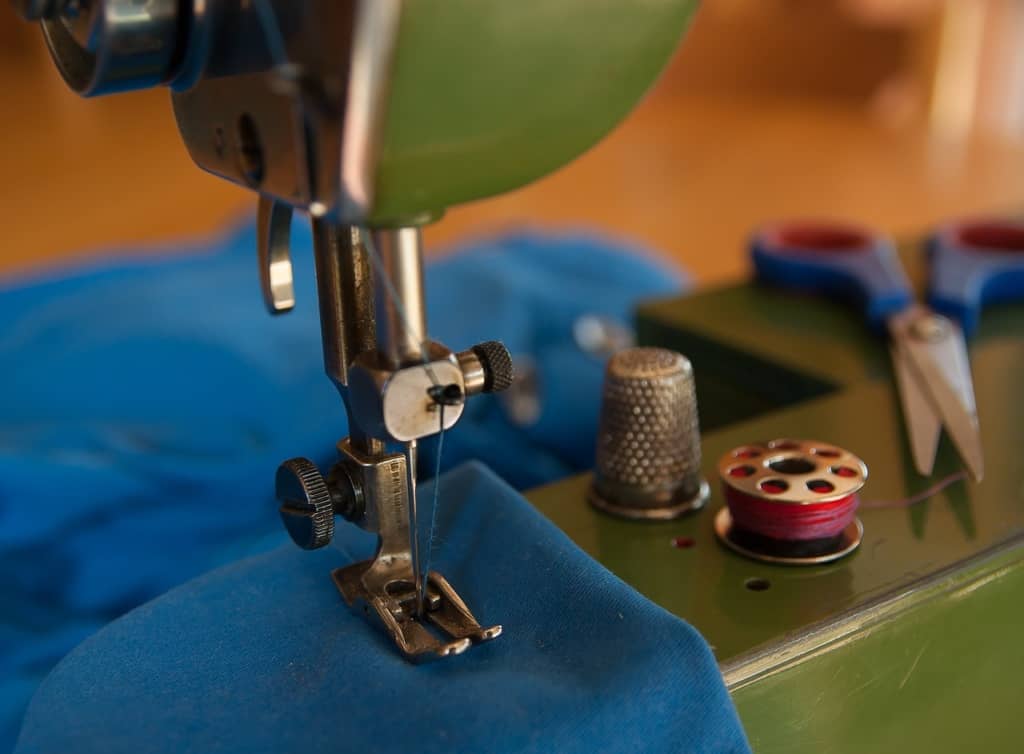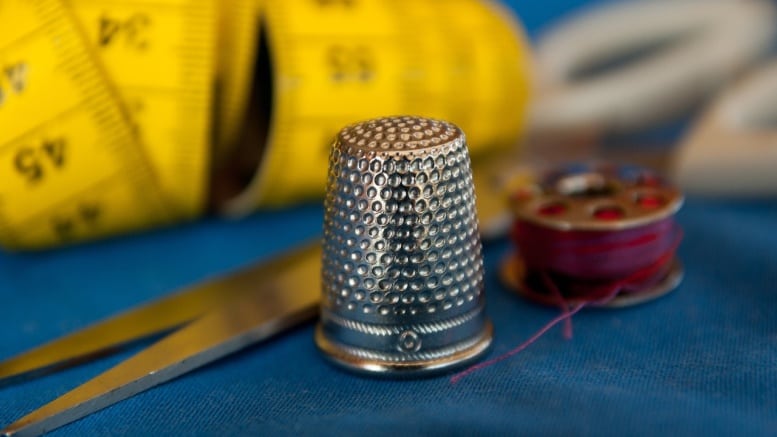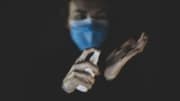When used correctly, face masks are a valuable asset in protecting oneself and others from the spread of diseases. Properly constructed face masks both filter airborne pathogens and prevent individuals from touching their faces and spreading germs, effectively lowering the chances of illness spreading.
However, with the country in a state of emergency, medical and hygiene supplies are, at the moment, hard to come by. In a time of crisis, folks may resort to crafting their own face masks in an attempt to better protect from the spread of disease.

Though the CDC cautions that homemade masks are not always entirely effective, they do acknowledge that a homemade mask is better than no mask, even if it only serves to prevent the wearer from touching his or her face.
Before attempting to construct a face mask at home, make sure you have the proper materials prepared and ready to go. An effective mask will be both lined and crafted out of a tightly woven cotton fabric. Do not attempt to knit or crochet a face mask; the weave must be tight and well lined in order for your mask to protect you against airborne particles.
Be sure to wash your fabrics and double check to make sure your crafting supplies are clean. It is recommended to use new or previously sealed packages of elastic and thread and to sterilize scissors and needles before beginning.
Download and follow the instructions of the pattern of your choice to create your face mask. Experienced seamstresses may look for more advanced patterns that utilize bias tape and elastic, while beginners may give it a go with patterns as simple as lined rectangles of fabric with elastic that hooks around the ears. No matter your skill level, face masks are fairly quick and easy to make can typically be properly finished in 15 minutes.
Keep in mind that a homemade face mask needs to do more than just look good—it needs to be comfortable and functional as well. The CDC urges the public to make sure that homemade face masks are kept sanitary and washed regularly, and that the user can comfortably breathe while wearing one.
After creating your face mask, it is important to appropriately store and handle it. If you must touch your face mask, wash your hands with soap and hot water prior to handling your mask. If your mask is dirty or you wear it while ill, dispose of it immediately or wash it with hot water and bleach.
“Facemasks should be carefully folded so that the outer surface is held inward and against itself to reduce contact with the outer surface during storage,” states the CDC guidelines for face masks. “The folded mask can be stored between uses in a clean sealable paper bag or breathable container.”
Medical professionals remind the public to keep in mind that homemade face masks should never be considered a superior option to medical masks. However, due to mask and supplies shortages all around the world, even the CDC urges the population to take any and every step to protect themselves.















